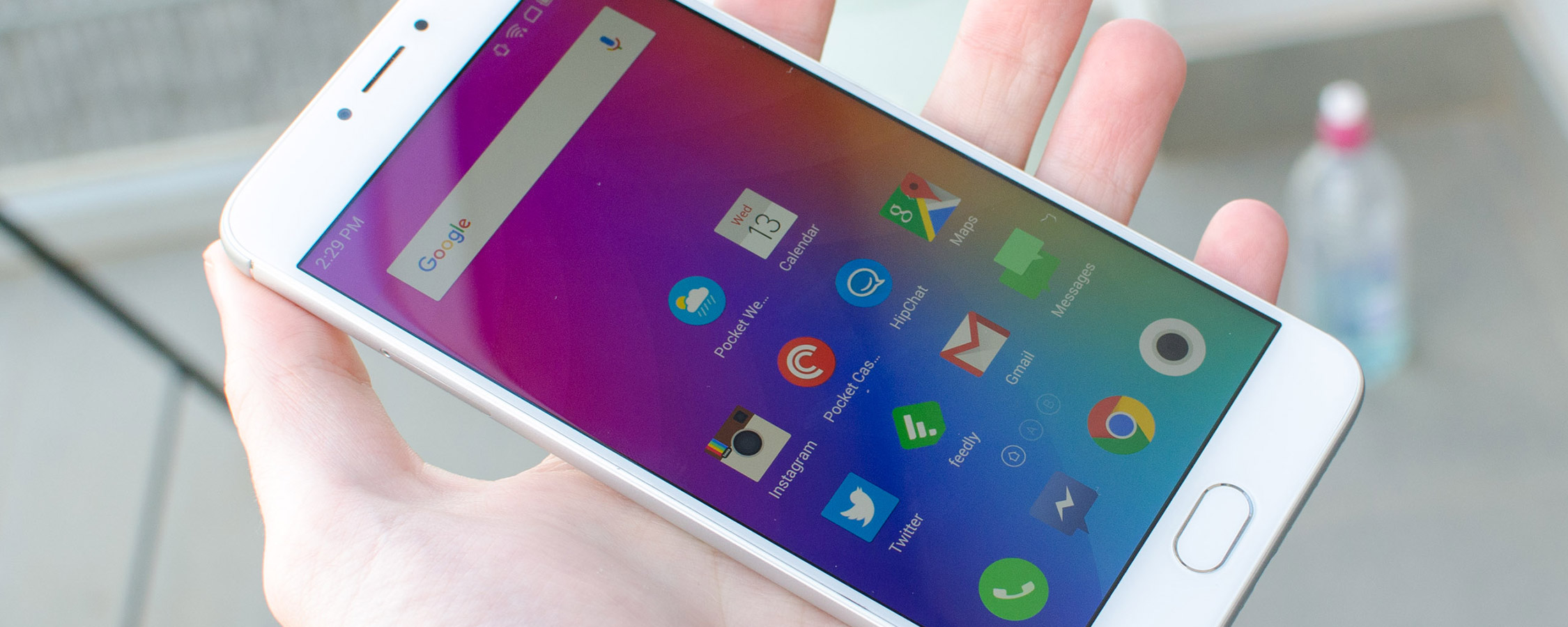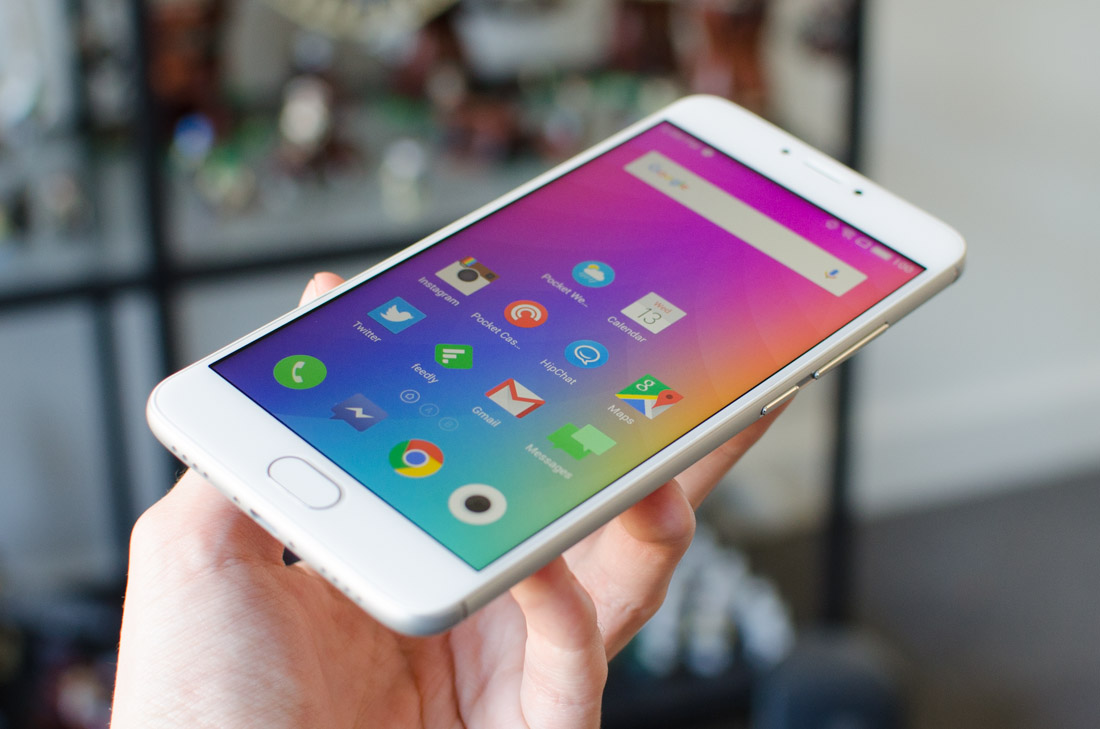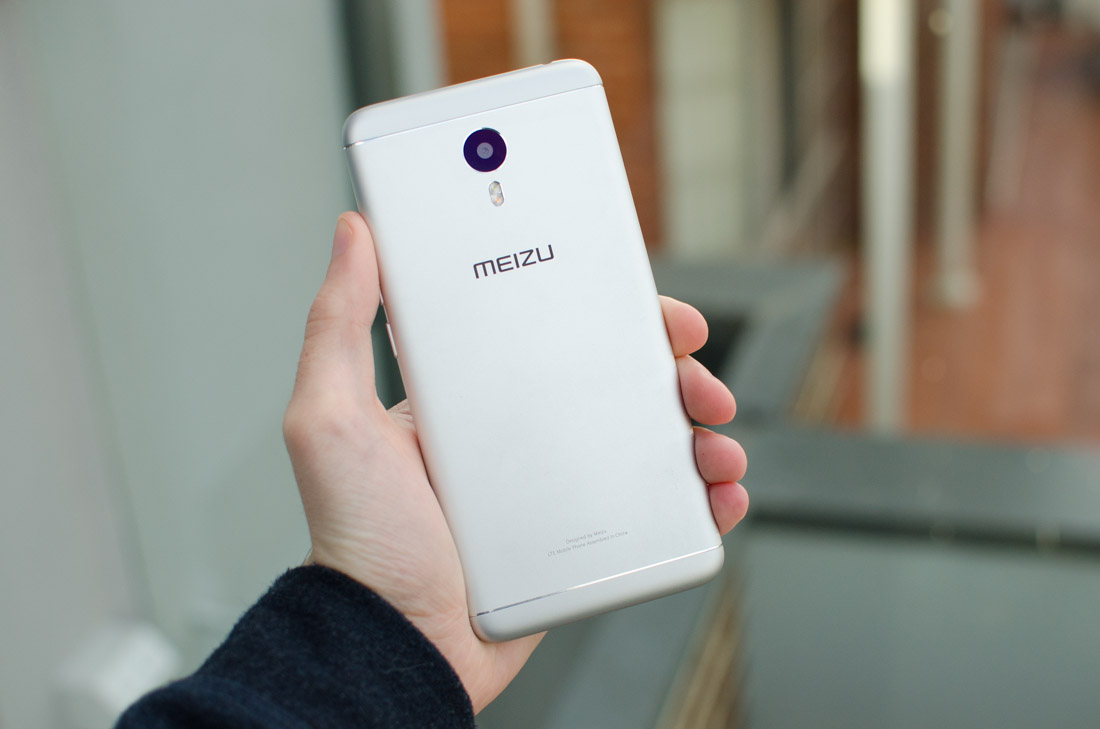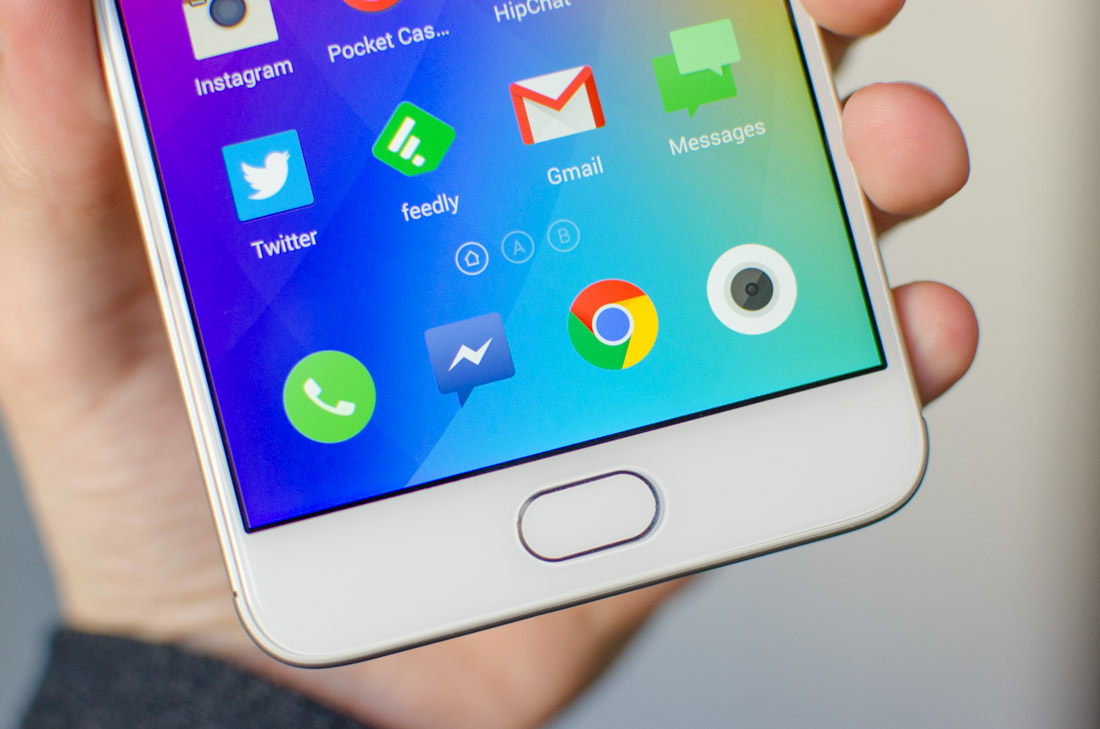A Budget Smartphone with Plenty to Like
Meizu is a pretty well-known company in China, but this is the first time I've ever used one of their handsets for an extended period of time. Having now used the m3 Note as my daily driver for a few weeks, I'm left with a pretty positive impression of the entry-level handset. Were it not for a few crucial downsides, I could quite easily recommend the Note to those after a $170 device.
Starting with the negatives, it's disappointing that Meizu hasn't optimized this device particularly well. Multi-tasking and app launching performance suffers from a lack of available RAM, which makes the handset feel slower to use than the Moto G 2015. With better RAM management, or perhaps with 3 GB of RAM like you get in the more expensive 32 GB model, these issues could easily be alleviated.
Unfortunately, the model with 3 GB of RAM costs $220, which is 30 percent more than the base model and hurts the otherwise great value proposition of the m3 Note.
The actual system performance from the MediaTek Helio P10 is fine, slightly outperforming the Snapdragon 410 in CPU workloads, and demolishing it in graphics benchmarks. This leads to good in-app performance (so long as you don't switch between apps frequently), generally smooth animations, and enough horsepower for 1080p mobile gaming.
The other main issue I have with the m3 Note is the camera, which is substandard. The 13-megapixel rear camera isn't as bad as the Umi Touch that I recently reviewed, but it falls well behind the 3rd-generation Moto G, a phone that's available for a competitive price. The good array of camera features simply can't outweigh mediocre image quality across the board.
There's a lot to like about the Meizu m3 Note, however. The design is easily the best I've used in an entry-level device, combining premium materials with an attention to detail usually reserved for high-end products. This phone is comfortable to use, feels great in the hand, and fits right among flagship phone designs from the past year. Huge kudos to Meizu here for bringing this sort of quality down to an affordable price point.
I also liked the 5.5-inch 1080p display, which is one of the main selling points to the m3 Note. Rather than using a standard 720p display, this 1080p unit is sharper and more detailed than its competitors. It boasts acceptable brightness and color performance, great viewing angles, and Meizu is spot on in its claims about a 1000:1 contrast ratio. At this price, the m3 Note has one of the better displays on the market.
The battery life from this handset is outstanding, and users shouldn't have any issues running out of charge even during a day of heavy use. The massive 4,100 mAh battery could provide two days of moderate usage under the right conditions, which is a fantastic result for a budget device.
There's a bunch of extra hardware in the m3 Note that's worth discussing as well. The fingerprint sensor on the front panel is fast and accurate, and I'm glad this sort of technology is now filtering down to budget handsets. There's a microSD card slot for expanding upon the 16 GB of internal storage, which in itself should be adequate for storing most apps. And you also get dual-band Wi-Fi and Category 6 LTE, which may not be perfectly suited to North America, but should work fine in Europe and Asia.
Meizu's Flyme OS surprised me in a number of ways. I was expecting some garbage, poorly-translated Chinese skin, but what you actually get is a visually beautiful and well-polished design that coheres well with the general style of Android. There's no bloatware included, some handy feature additions, and solid first-party apps.
The downside here is that the m3 Note is still running Android 5.1, which has been outdated since late 2015. Meizu does say it will be receiving Android 6.0 in the future, but there's no word on an exact time frame and the company isn't known for speedy updates.
Due to better performance and cameras, I'd still opt for the 16 GB 3rd-generation Moto G over the Meizu m3 Note for the same $170 price. However, there are a lot of reasons to purchase the m3 Note instead, most notably the much better design and battery life. If the cameras in particular aren't an issue, the m3 Note could be a great budget smartphone purchase.
score
Pros: Outstanding design for an entry-level handset. Great 5.5-inch 1080p display. Huge battery delivers excellent battery life without adding heft. Fingerprint scanner is a handy inclusion.
Cons: Mediocre cameras. RAM limitations lead to poor multi-tasking performance. Still running Android 5.1.




